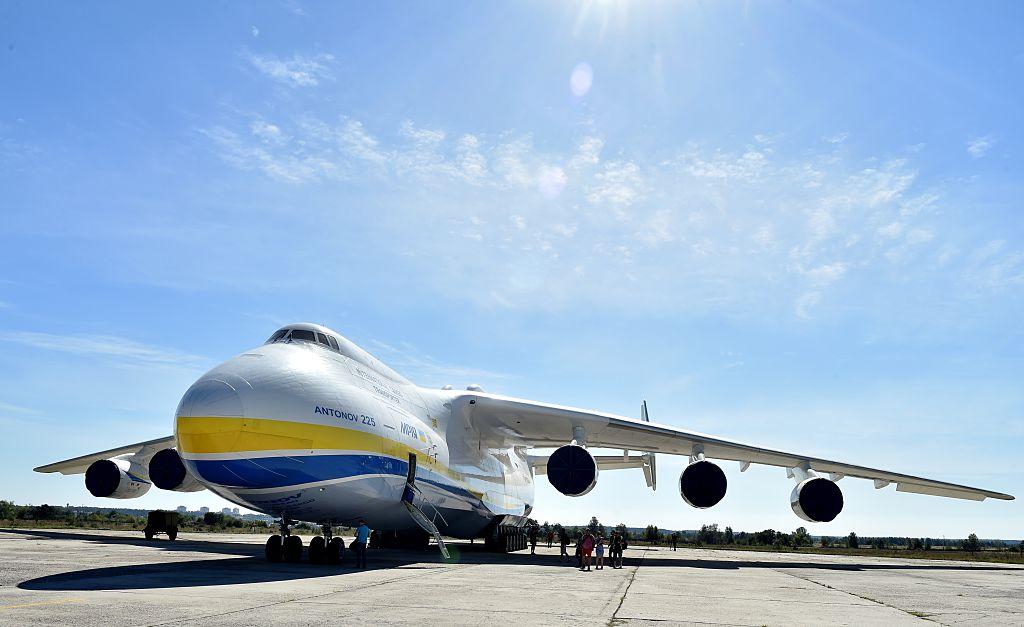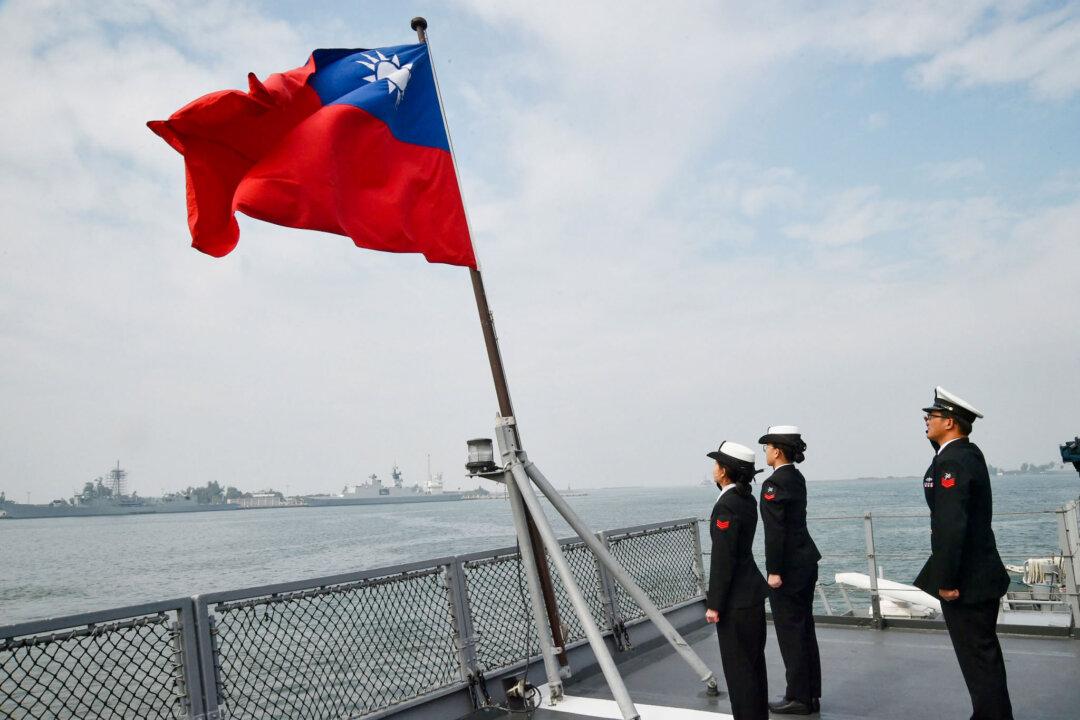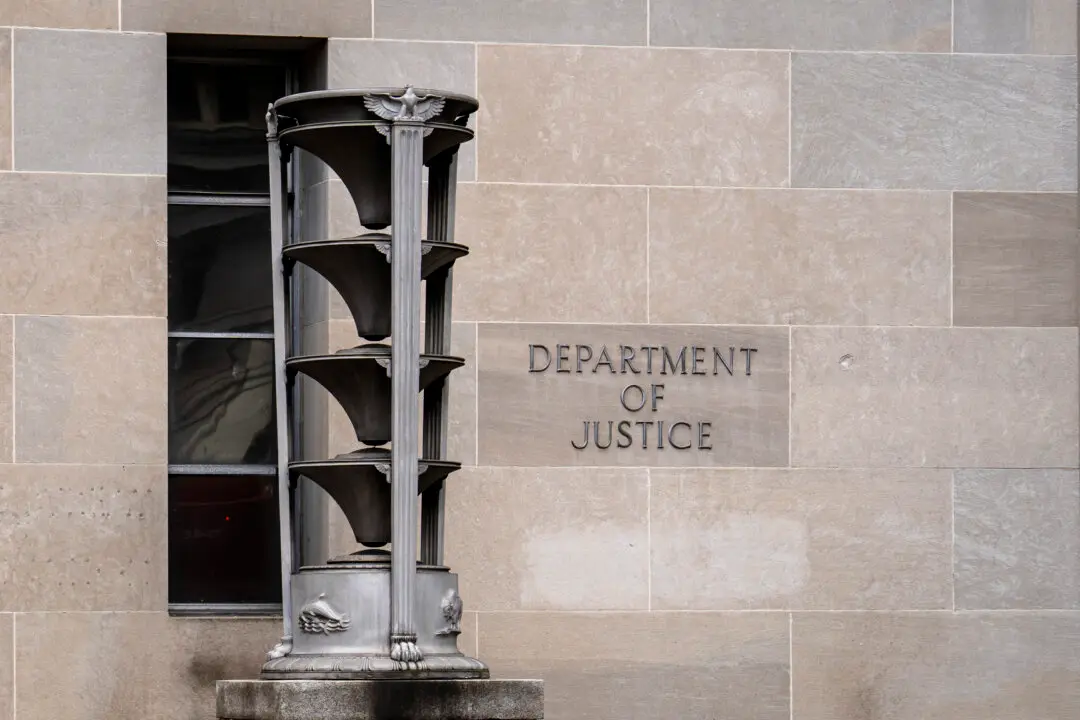Ukraine and China have increased partnerships in recent years, as the former is badly in need of cash to bolster its infrastructure, while the latter wants to get its hands on Ukrainian technologies.
However, a U.S. Pentagon official, while on a trip to the Ukraine capital, warned that China’s investments could be a double-edged sword.





